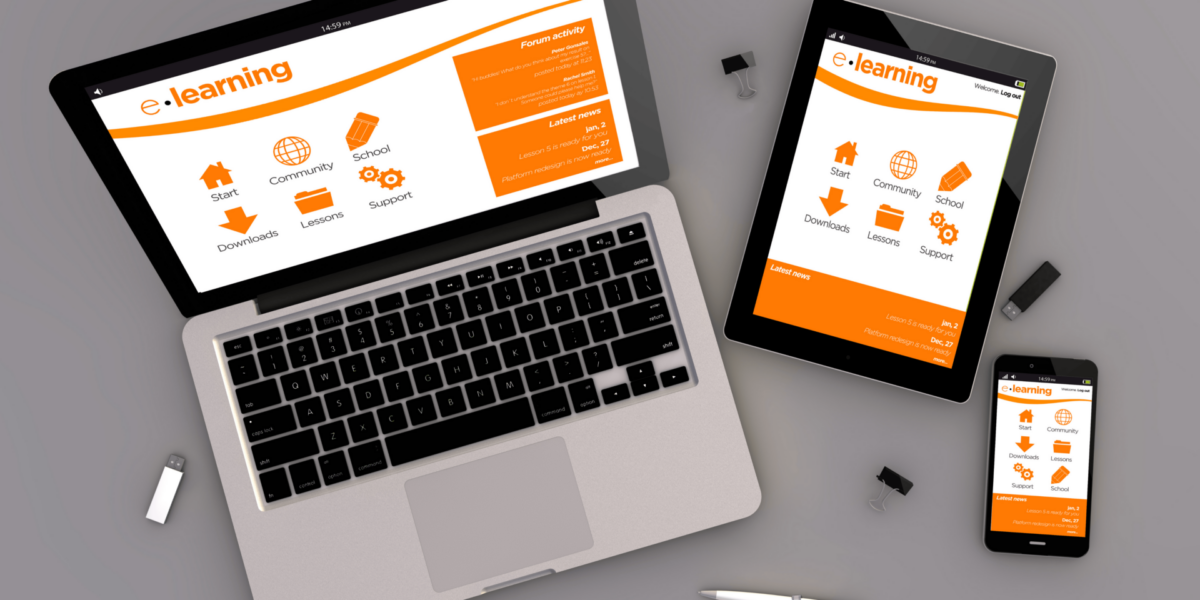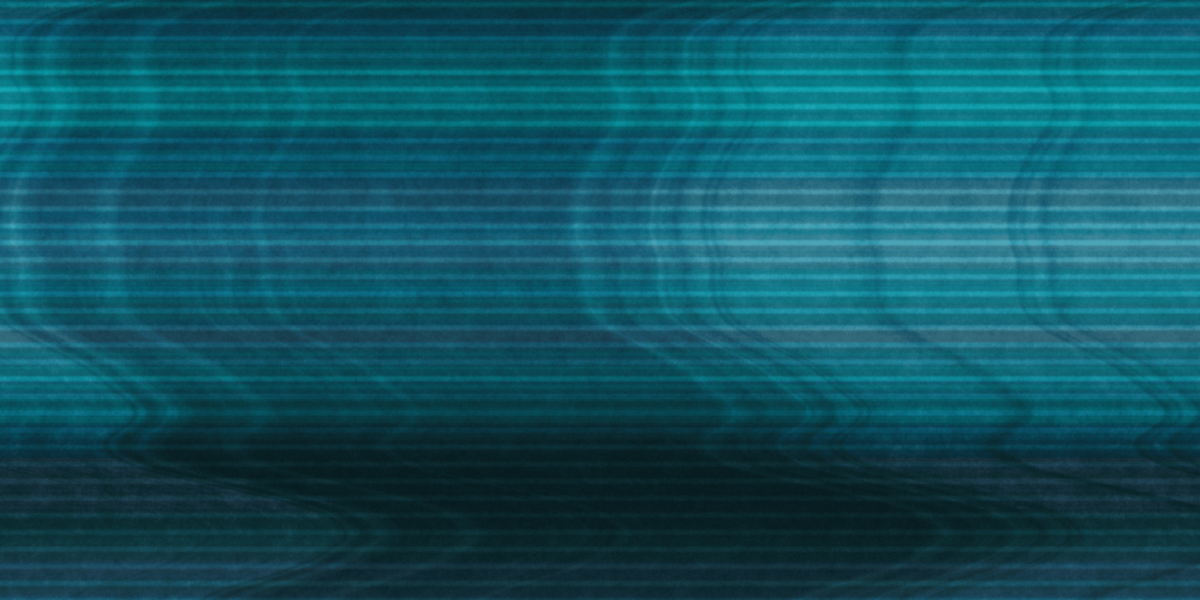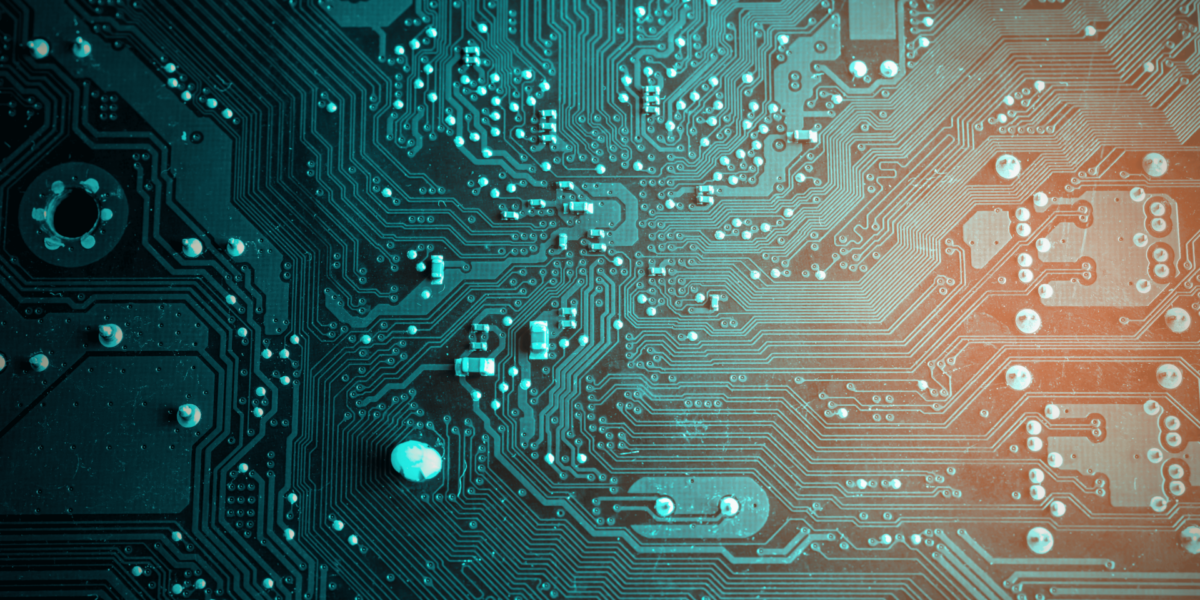Platform Memory Is Not Permanent
Most users assume platforms will keep their data indefinitely. The interface may feel stable, and stored content appears accessible. But behind the screen, digital retention is temporary. Platforms forget over time—sometimes by design, sometimes by failure.
A user logs in after a year away and finds only partial records. Past conversations, uploaded media, or personal notes have disappeared. The platform did not notify them. The memory is still present, but the evidence that supports it is gone.
Policy Changes Erase Without Warning
Terms of service and storage policies evolve. When platforms update how long they keep user data, content can vanish silently. Even large services adjust storage limits, remove inactive accounts, or delete content that doesn’t meet current standards.
Imagine someone relying on an old email account for legal records. Years later, they discover the provider deleted archived emails due to new storage limits. What once felt secure is now irretrievable. Platform memory follows its own rules, not user expectations.
Forgotten Content Breaks Digital Timelines
Digital platforms structure how we organize time. Posts, messages, and files map life in sequence. When pieces disappear, that structure collapses. Without a timeline, memory becomes harder to place. Events lose order, and personal history becomes fragmented.
A user attempting to reconstruct a work project from old files may find key updates missing. The remaining fragments appear out of order. Without full access, their understanding of the past project timeline warps, leading to confusion or false conclusions.
Collective Memory Frays with Every Lost File
Social platforms don’t just store personal content—they capture shared cultural history. Comments, hashtags, trends, and responses shape how communities remember events. When platforms forget or remove these interactions, the public record weakens.
Suppose a protest movement’s key content was hosted on a platform that no longer archives posts past a certain date. Without that content, future researchers or participants lose access to original context. What remains gets reshaped by secondary accounts or external narratives.
Content Without Context Misleads
Even when content survives, it can become separated from metadata, threads, or linked files. A photo without a caption. A message without a sender. A video without a date. These digital fragments mislead more than they inform.
Users reviewing their old content might misunderstand when or why something happened. The content no longer tells a full story. Without the platform’s memory to anchor it, context collapses—and accuracy with it.
Algorithmic Forgetting Hides Content in Plain Sight
Search and feed algorithms determine what users see. When these systems change, older content becomes harder to find—even if it hasn’t been deleted. This “algorithmic forgetting” hides memory in plain sight.
Someone looking for a post from two years ago may scroll endlessly or search with no results. The content still exists, but the platform no longer prioritizes it. This changes how people access memory, reshaping what feels important based on visibility, not value.
Platform Closures Delete Entire Archives
When a service shuts down, all user data risks deletion. Companies may offer short export windows or partial download tools, but many users miss them. The result is a total loss of content that once held real meaning.
A person who stored creative work or life documentation on a now-defunct app returns to find the site offline and their account inaccessible. There is no support, no backup, and no appeal. The platform has forgotten—completely.
Emotional Impact of Lost Digital Content
For many users, digital platforms are emotional spaces. They hold conversations with loved ones, photos from important events, and thoughts from vulnerable moments. When platforms forget, the loss feels personal.
Returning to a platform to revisit a message from someone who has passed away, only to find it gone, can disrupt grief and memory. These moments remind users that what they assumed was safe can vanish—and with it, emotional closure or connection.
Preventing Loss Requires Active Preservation
Users must act before platforms forget. Backing up content regularly, downloading important files, and migrating data from unstable platforms can protect digital memory. Waiting until a platform initiates forgetting often means it’s too late.
A realistic habit might involve monthly exports of important photos, emails, or messages. Users can also store personal content on multiple services or local drives to avoid complete dependency on any single platform.
Building Systems That Remember Responsibly
Designing platforms that honor memory requires more than good storage. It involves transparency in data policies, flexible export tools, and systems that prioritize long-term retention. Platforms must make it easier for users to understand what’s saved, what’s vulnerable, and what can be recovered.
When users trust that their content will be remembered—or clearly informed when it won’t—they engage more meaningfully. They invest in digital spaces not just as tools but as containers for personal and collective memory.
After Platforms Forget, We Rebuild from What Remains
When platforms forget, users are left to reconstruct their histories from fragments. Some data is gone forever. Other pieces remain but lack clarity or order. Understanding these risks encourages users to take action—to back up content, organize archives, and demand better memory systems.
Digital forgetting is not always deliberate, but its impact is real. It shapes what individuals and societies remember, value, and pass on. To protect the future of memory, we must design digital spaces that don’t forget so easily—and teach users how to hold on to what matters most.









